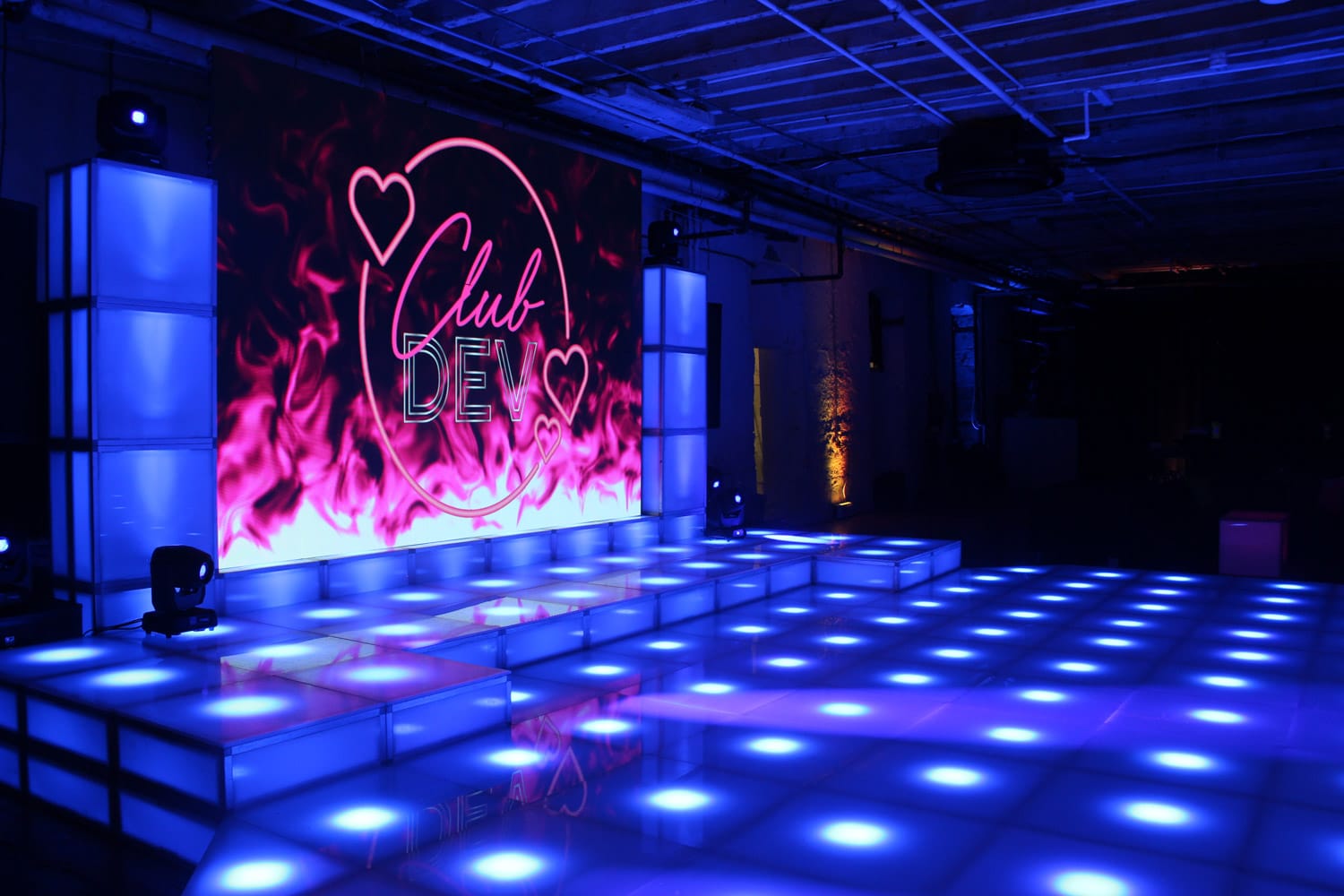A Comprehensive Analysis of Various LED Display Wall Techniques and Their Uses
A Comprehensive Analysis of Various LED Display Wall Techniques and Their Uses
Blog Article
Light Emitting Diode display walls are increasingly common across different environments, such as concerts, athletic competitions, and corporate meetings. These large big screens consist of composed of many small LED modules which function collectively to form a single cohesive image. There are different types of LED display screen solutions on the market, every with its own features and advantages. Grasping these technologies options can assist companies as well as organizations choose the right solution for their specific needs.
A common type of Light Emitting Diode video screen solution is the direct view LED. Such technology uses separate Light Emitting Diode modules that are arranged near together to form a big screen. Direct view Light Emitting Diode screens are known for their elevated brightness as well as lively hues, making them ideal for external activities or brightly illuminated settings. They also have a wide sight perspective, allowing means that people can view the screen clearly from various locations. Such makes directly viewed LED screens a popular option for sports arenas and outdoor festivals.
A different kind of Light Emitting Diode display wall technology is the LED illuminated Liquid Crystal Display. Such technology combines traditional LCD displays and Light Emitting Diode backlighting to enhance brightness and hue precision. LED illuminated LCDs are often used in interior environments, including shopping malls and conference spaces. These displays provide superior visual quality and are generally more affordable than directly viewed Light Emitting Diode screens. Nonetheless, they may often perform as well in bright settings, since the illumination can occasionally wash out the colors.
A third choice is the Organic Light Emitting Diode display screen. Organic Light Emitting Diode solution offers superior contrast as well as hue richness in relation to alternative types of displays. Each pixel in an OLED display produces its individual luminescence, allowing for true dark tones as well as lively colors. This makes OLED video screens especially attractive for uses which demand high-quality visuals, such as art galleries or high-end shopping outlets. Nonetheless, Organic Light Emitting Diode solution can be costlier costly while may not be as luminous as direct view LED walls, making it less suitable for outdoor use.
Along with the aforementioned options, there are also multiple uses for LED video screens. These displays can be utilized for advertising, entertainment, as well as data display. For example, companies often use Light Emitting Diode display walls for digital advertising to draw in customers and promote goods. Within amusement, they enhance the visual experience at concerts and events, offering lively backgrounds and captivating images. In corporate environments, Light Emitting Diode video walls can be utilized for demonstrations, video conferencing, as well as educational sessions, helping to communicate information in a aesthetically attractive way.
To summarize, Light Emitting Diode display screens are available in various technologies, each having find its unique advantages as well as uses. Direct view LED screens are great for outdoor applications, whereas LED-backlit Liquid Crystal Displays are more appropriate for indoor environments. Organic Light Emitting Diode video walls offer exceptional image clarity but may be at a greater cost. Grasping the differences differences can assist entities make knowledgeable decisions about the best kind of Light Emitting Diode video screen best meets their requirements, whether it be for advertising, entertainment, and corporate use.